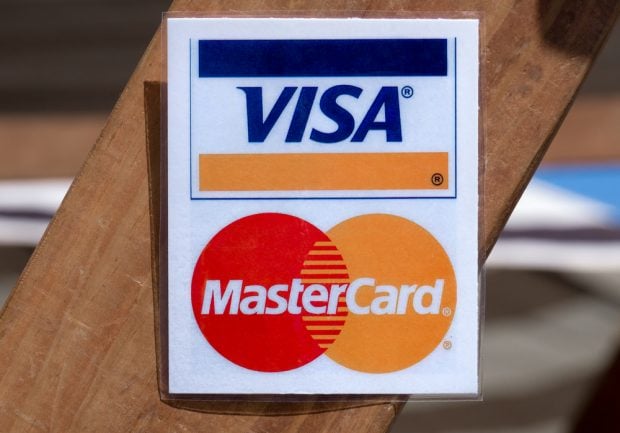This October marks the official EMV liability shift for payment card issuers, merchants and acquirers. Rather than issuers bearing the responsibility for fraudulent payment card transactions, the liability will fall on whichever party has not implemented EMV functionality.
Many larger U.S. financial institutions are in the midst of initiatives to upgrade all customers to chip-enabled EMV cards by October. But for credit unions, many of which lack the resources, flexibility or budget to upgrade in such a tight timeframe, the decision to adopt EMV is more complex. These organizations have two critical choices to make: Whether or not to fully implement EMV by the liability deadline, and what level of implementation to strive for.
By evaluating the EMV upgrade and its opportunities from multiple perspectives, including cost-benefit, risk and member/customer impact, credit union leaders can develop sound strategies for the near and long-term.
Complete your profile to continue reading and get FREE access to CUTimes.com, part of your ALM digital membership.
Your access to unlimited CUTimes.com content isn’t changing.
Once you are an ALM digital member, you’ll receive:
- Critical CUTimes.com information including comprehensive product and service provider listings via the Marketplace Directory, CU Careers, resources from industry leaders, webcasts, and breaking news, analysis and more with our informative Newsletters.
- Exclusive discounts on ALM and CU Times events.
- Access to other award-winning ALM websites including Law.com and GlobeSt.com.
Already have an account? Sign In
© 2024 ALM Global, LLC, All Rights Reserved. Request academic re-use from www.copyright.com. All other uses, submit a request to [email protected]. For more information visit Asset & Logo Licensing.









